印度阿里加尔穆斯林大学(Aligarh Muslim University)和马来西亚理工大学(Universiti Teknologi Malaysia)的研究人员已经开发出了一种原型光伏组件,它采用了基于氧化钛纳米流体的冷却技术。
这个冷却系统由安装在面板后侧的组装式背面沟槽组成,熔化的氧化钛和水可以流过该沟槽。流体管路被布置在组件背板和管路绝缘层之间,并将它们全部安装到沟槽基座上。
研究人员透露:“管路的下侧被充分绝缘,以免发生热量损失。”
所提出的这项技术已在采用多级逆变器拓扑结构的光伏系统中进行了用于光伏热电联产机组的测试。研究者对试验系统进行了1,000 W/m2的日照模拟。科学家们使用的纳米流体浓度为0.6%,他们认为这是水中纳米颗粒浓度的最佳值,因为如果使用更高浓度的话颗粒可能会凝聚。
研究人员表示:“在那种情况下,纳米流体会由于导热系数降低而无法实现预期目的。”
他们将空气或水流过管路的面板温度同类似面板的温度进行了比较。他们发现,使用二氧化钛纳米流体的面板的工作温度明显下降。基于纳米流体的面板的平均工作温度为52摄氏度,而气流面板的温度为71摄氏度,使用水流冷却的面板温度为61.2摄氏度。 这些科学家在最近发表在《Energy Sources》上的《使用纳米流体和开发的逆变器拓扑结构提高太阳能光伏系统的效率》文章中描述了他们的研究。
This content is protected by copyright and may not be reused. If you want to cooperate with us and would like to reuse some of our content, please contact: editors@pv-magazine.com.
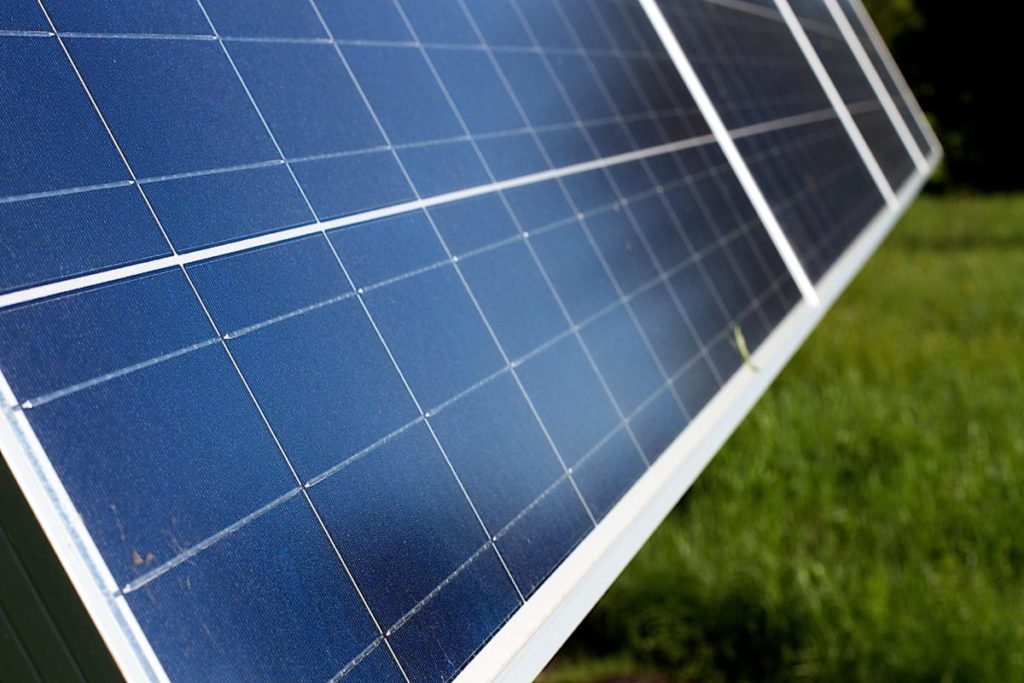



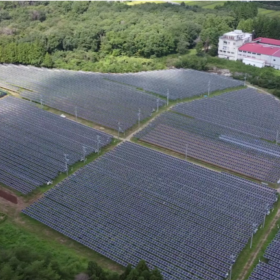
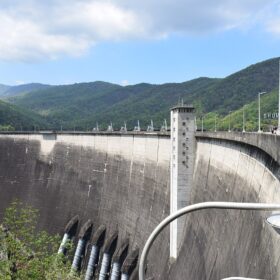
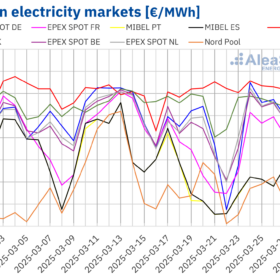





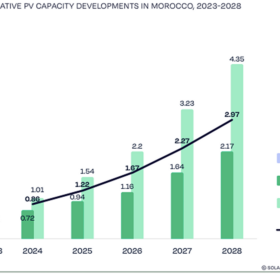

By submitting this form you agree to pv magazine using your data for the purposes of publishing your comment.
Your personal data will only be disclosed or otherwise transmitted to third parties for the purposes of spam filtering or if this is necessary for technical maintenance of the website. Any other transfer to third parties will not take place unless this is justified on the basis of applicable data protection regulations or if pv magazine is legally obliged to do so.
You may revoke this consent at any time with effect for the future, in which case your personal data will be deleted immediately. Otherwise, your data will be deleted if pv magazine has processed your request or the purpose of data storage is fulfilled.
Further information on data privacy can be found in our Data Protection Policy.